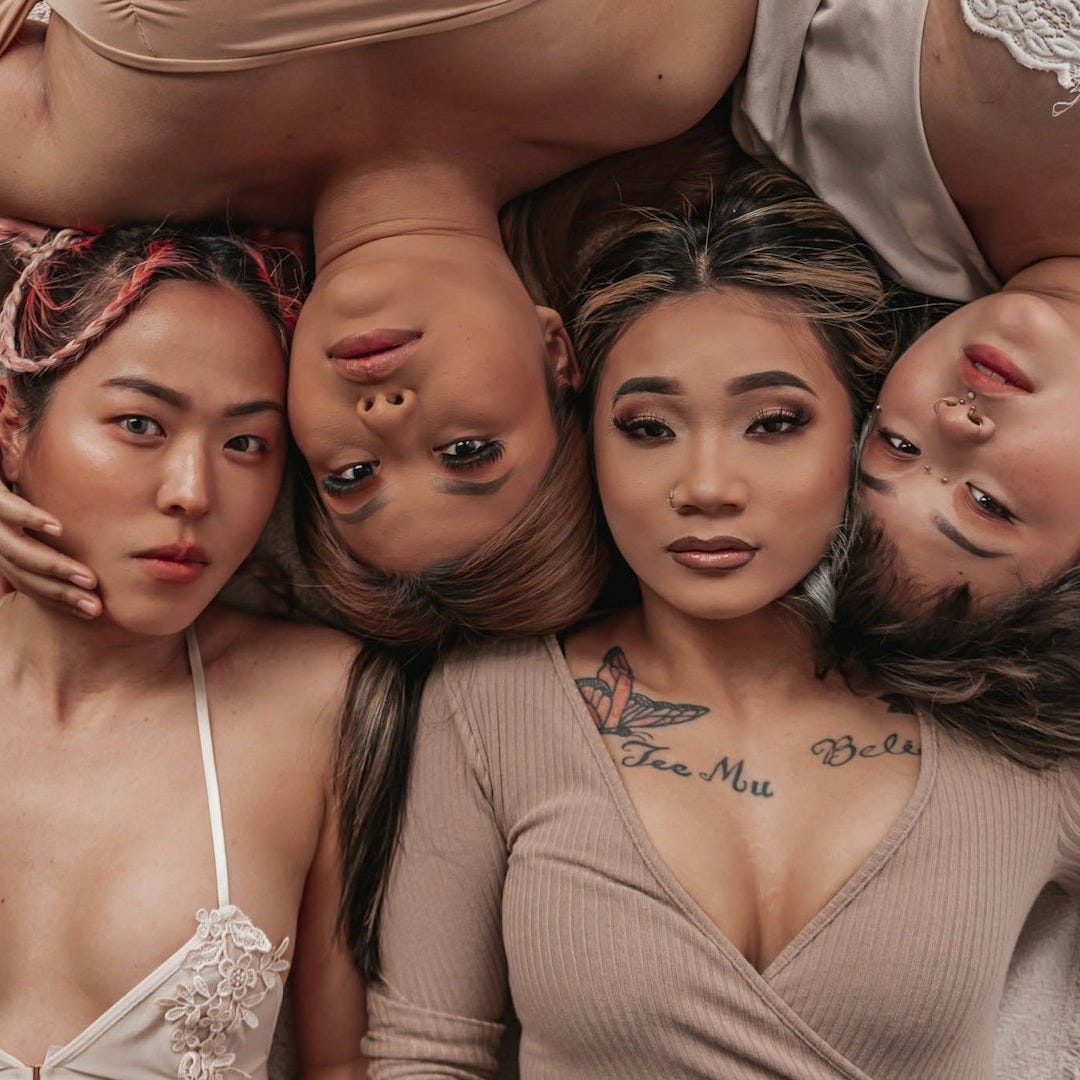Where advertising fails representation and how we fix it
Your Friday briefing: A new study has found glaring gaps in brand ad campaigns.

Reflecting on the 2024 Global Advertising Representation Report, I think about my neurodiverse two-year-old daughter. When she grows up and looks at the media around her, will she see herself reflected in it?
Or will the industry’s continued failure to embrace true inclusivity leave her searching for belonging?
The stats in the report reveal progress but also glaring gaps. These aren’t just numbers—they are indicators of whose stories matter, whose don’t, and whether advertising is ready to meet the moment.
The report draws insights from over one million video advertisements distributed by XR Extreme Reach in more than 100 countries. The study examined approximately three million faces using AI.
Advanced detection models were employed to analyse key demographic attributes such as age, gender expression, skin tone, and body type. These models are calibrated to identify subtle variations in representation and to capture a wide array of identities.
The analysis focused on four core dimensions of inclusivity—age, gender expression, skin tone, and body type—culminating in the RX Score. This metric, rated on a scale from 0 to 100, provides a quantitative measure of diversity within each advertisement, with higher scores indicating more inclusive representation.
The reality behind the numbers
Only 12% of talent in ads have darker skin tones.
This statistic is a stark reminder of the lasting legacy of racism in media, from the history of blackface in 19th-century minstrel shows to the tokenism of today. How can brands authentically engage audiences when the faces on screen still default to lighter skin tones?
6% of screen time features seniors.
With the global population ageing rapidly, why do we continue to erase older adults from advertising narratives? Research shows that older generations hold significant spending power. Ignoring them isn’t just exclusionary—it’s bad business.
15% of screen time features more significant body types.
Body diversity has gained traction, but progress is slow. Are brands genuinely embracing inclusivity, or is this surface-level representation meant to tick a box?
The questions we need to ask
What stories are we telling—and whose voices are missing?
When 44% of talent displays feminine gender expression, it signals progress, but are we seeing women as leaders, creators, and change-makers? Or are they still relegated to traditional roles?Are we using the right tools to measure inclusivity?
The RX score is an important step forward, but metrics only go so far. Are we also gathering qualitative feedback from the communities we aim to represent?How do historical biases continue to influence the present?
From the underrepresentation of dark skin tones to the systemic exclusion of disabled individuals, the advertising industry’s history casts a long shadow. How do we address these inequities head-on rather than perpetuate them under new guises?
Actionable steps for the industry
Embed representation at the briefing stage
Inclusivity must be baked into the creative process, not added as an afterthought. Make demographics and lived experiences central to your campaigns from day one.Expand the lens beyond traditional metrics
Use AI tools like RX, but pair them with human insight. Invite marginalised groups to critique and co-create your content.Revisit accessibility standards
It’s promising that 99% of Super Bowl ads included closed captions, but what about alt text, sign language interpreters, and authentic portrayals of people with disabilities? Accessibility must become a cornerstone of representation.Challenge industry norms
Why does the automotive industry score so poorly in gender representation when women influence 85% of car-buying decisions? These industries need to reevaluate their audiences and rewrite their playbooks.Normalise all forms of representation
As “The Fenty Effect” taught us, inclusivity isn’t about token gestures. It’s about shifting the narrative entirely, making diversity the rule, not the exception.
The business case for inclusivity
The report notes that 67% of consumers consider DEI critical when selecting brands, and 45% are willing to pay more for inclusive products.
But the benefits go beyond profit. Representation builds trust, fosters loyalty, and connects brands to their audiences in deeply human ways.
The challenge ahead
For my daughter—and millions like her—representation isn’t just about seeing diverse faces on screen. It’s about challenging systems, breaking stereotypes, and creating space for every identity, ability, and experience.
So, I ask you: Is your brand part of the problem or the solution?
Essential reading
- Apple accused of silencing workers, spying on personal devices (Reuters)
- Google says its new AI models can identify emotions — and that has experts worried (TechCrunch)
- The US Department of Defense is investing in deepfake detection (MIT Technology Review)
- ‘Cinnamon Softcore Art Deco’? Spotify Wrapped Falls Flat for Some (The New York Times)
- How dogged determination finally made Publicis the world’s largest ad group (The Drum)

